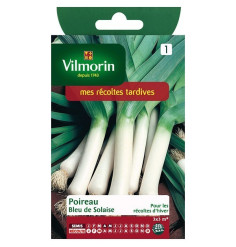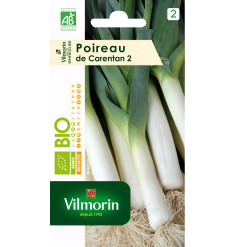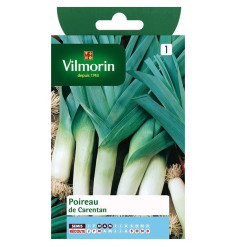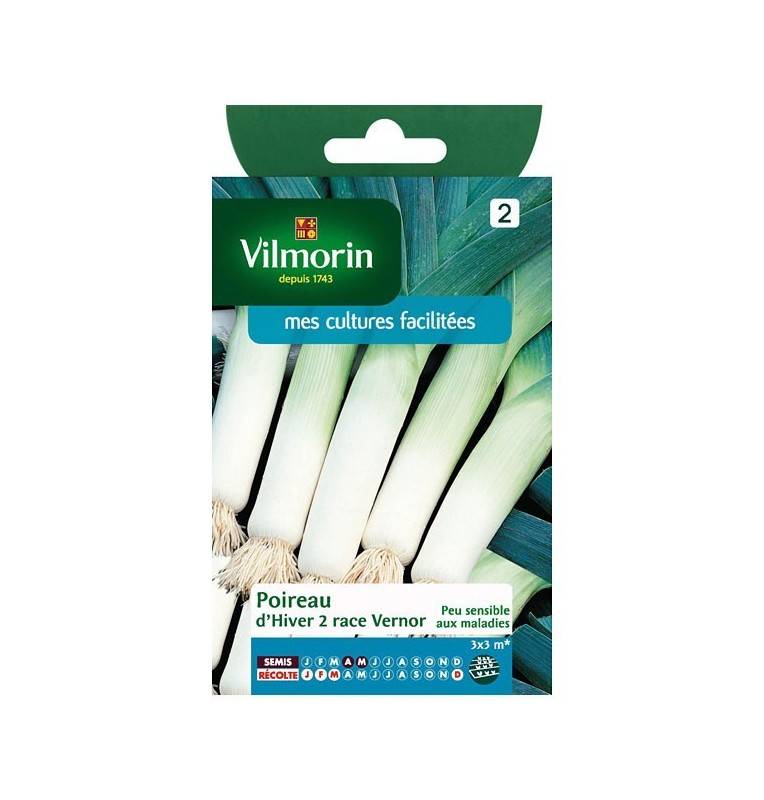

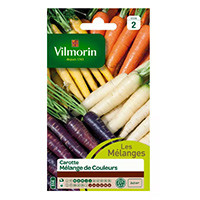
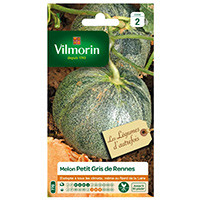
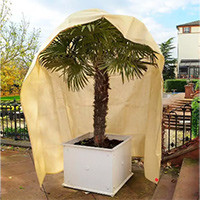
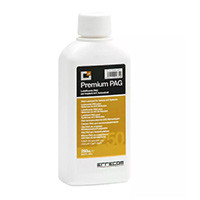
This bluish-green foliage variety is ideal for late fall and winter harvests because it is very cold-resistant and not susceptible to foliage diseases. Essential in soup, leeks can also be eaten in salads, pies or gratins.
Description:
This bluish-green foliage variety is ideal for late fall and winter harvests because it is very cold-resistant and not susceptible to foliage diseases. Essential in soup, leeks can also be eaten in salads, pies or gratins.
Culinary tip:
Essential in soup, leeks can also be eaten in salads, pies or gratins.
Soil tip:
To make the white as long as possible, but the foot of the leeks (form a small mound of earth at the foot). Leeks like sunny exposure.
Culture advice:
1. Sows: Sow sheltered from April to May in lines 15 cm apart.
2. Transplanting: When your leeks are the size of a pencil, take them out of the ground and shorten the leaves and roots. Plant them in 30 cm distant lines, leaving 20 cm between each leek. Be careful to push your leeks to the base of the leaves.
3. Harvest: Harvest from December to March.
Plants:
Leeks like the proximity of the carrot, which keeps pests like leek worms away.
Bag with 4g seeds
Performance:
3x3 m
The stages of sowing:




This bluish-green foliage variety is ideal for late fall and winter harvests because it is very cold-resistant and not susceptible to foliage diseases. Essential in soup, leeks can also be eaten in salads, pies or gratins.


